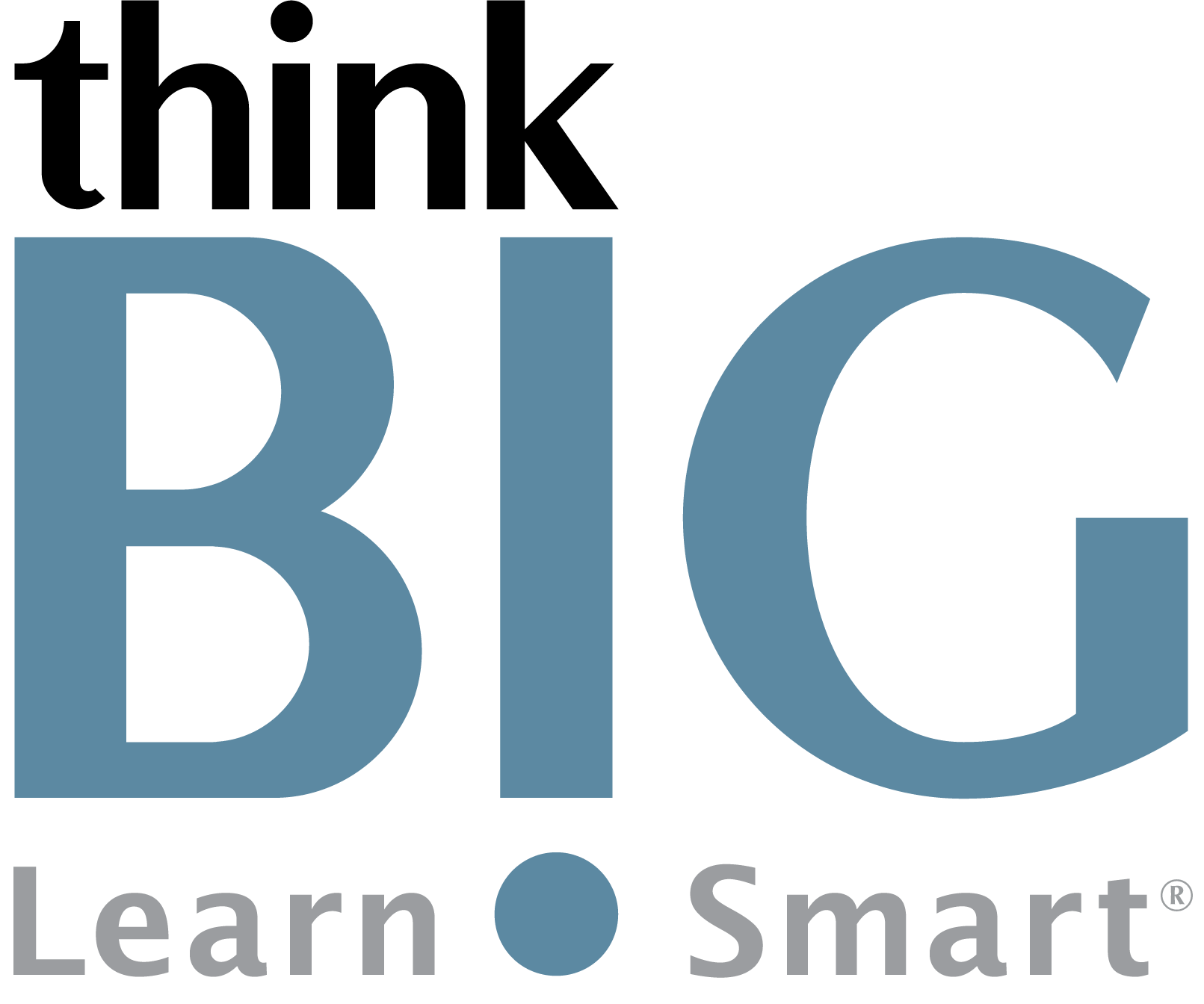Course Overview
TOP
In this hands-on, two-day Introduction to Website Accessibility course is an introduction to website accessibility and accessibility legislation, including Section 508 (including the 2017 updates). It explores each of the current accessibility guidelines, the Web Content Accessibility Guidelines (WCAG 2.0), to understand the intention of each guideline, as well as how to fix code or make other changes on a website to meet the guideline. The course covers types of conformance claims, what they should contain, and how to maintain conformance once it is achieved.
Please note that the recent (June 2018) addition of 17 success criteria found in WCAG 2.1 are briefly covered in this course. However, like AAA-level criterion, 2.1 updates currently are not included in legislation, and so receive less focus.
Throughout the course, students use a variety of auditing tools to evaluate web pages for accessibility including screen readers, browser plugins, and online tools and resources. In addition, the course provides opportunities to edit HTML code to address specific accessibility issues, such as forms and tables.
Scheduled Classes
TOPWhat You'll Learn
TOPOutline
TOP1. What Is Web Accessibility and Why It’s Needed
This topic gives an overview of web accessibility and reasons why it’s important.
2. Who Are Users with Disabilities?
This topic explores what we mean when we use the term “disabled,” and which types of disabilities and impairments are helped by making accessibility improvements to a website or web application.
3. How Accessibility Makes Your Website Better
This topic covers some of the advantages of an accessible website, which extend past helping people with disabilities.
4. Accessibility and The Law
This topic introduces the federal legislation (U.S.) that applies to website accessibility, Section 508 of the Rehabilitation Act, as well as the guideline that it maps to, the Web Content Accessibility Guidelines 2.0 (WCAG 2.0).
5. Introduction to WCAG 2.0
In this topic, students begin exploring WCAG and its four principles: Perceivable, Operable, Understandable, and Robust.
6. Planning for Accessibility
This topic explores different approaches to accessibility, from designing a new website to auditing an existing website.
7. Auditing Tools
In this topic, students explore various tools to perform website tests and accessibility auditing are covered, including online tools, browser plug-ins, and screen reader software. Online resources for further study of WCAG 2.0 are explored.
8. Examining WCAG 2.0: Principle One – Perceivable
This topic covers accessibility criteria related to users being able to perceive the content of a website, and includes creating alternate text for images, making video and audio content accessible, using headings and page structure correctly, and ensuring that the sequence of content is meaningful. Also discussed in this topic are how to improve instructions, proper use of color and contrast, and giving users control on a webpage over sound and text size.
9. Principle Two – Operable
This topic covers accessibility criteria related to users being able to use all the functions of your website, and includes keyboard accessibility, keyboard traps, timed and moving/flashing content, and skip links. This topic also addresses the focus order of a site, creating accessible hyperlinks, adding multiple ways to access information on a site, and proper labeling including semantic headings and the new HTML5 structuring elements.
10. Principle Three – Understandable
This topic covers accessibility criteria related to users being able to understand the content of a website and includes the language of the page and its text, how the page responds when a user changes focus or interacts with the page, making navigation menus accessible, and consistent labelling including form labels, instructions, and error identification.
11. Principle Four– Robust
This topic covers accessibility criteria related to whether the content is robust enough to be interpreted reliably by a wide variety of user agents and includes checking website code for errors by validating the HTML with a validation tool and checking for ARIA and other errors by using accessibility auditing tools.
12. Conformance Claims
This topic covers what criteria are needed to make a conformance claim, what information a conformance claim should include, the various methods of creating a claim (including VPAT) and claims of partial conformance. Also covered is establishing accessibility standards and practices to maintain conformance once it is achieved.
Labs
To reinforce and practice skills learned in the course, students use online and browser tools to test websites for accessibility issues, use a screen reader to discover accessibility issues firsthand, participate in discussions and activities to explore WCAG 2.0, and optionally perform written exercises in which they fix accessibility issues in HTML code.
Disclaimer: All course objectives and outlines are used as a guideline and are subject to change to ensure the latest information is covered to support real world use of the technology.
Prerequisites
TOPStudents should be comfortable using a browser and have text-editing skills. For the code-based exercises included in class, some basic HTML experience is helpful, but not required.
Who Should Attend
TOP- Managers
- Project teams
- Web developers
Accessibility testers - Anyone who needs to learn about web accessibility, including the recent changes in Section 508 accessibility legislation, and how to make a website compliant
- Anyone who need to create accessibility conformance claims, such as VPAT, and who need to create a strategy to maintain compliance
Next Step Courses
TOP- HTML5 & HTML Intro with CSS
- HTML5 & CSS3 Advanced for Responsive Web Design
- Acrobat Section 508 Accessibility
- Advanced Web Accessibility for Web Pages and Applications with WAI-ARIA, WCAG 2.0, and Section 508 Compliance

